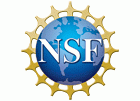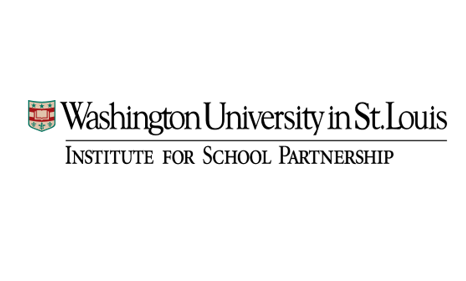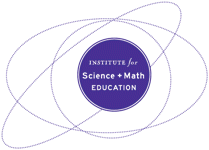Using the crosscutting concepts to reflect on and refine your teaching

- Teachers should engage as scientists in their classrooms by conducting action research and reflecting using crosscutting concepts.
- District Staff & PD Providers should give teachers time and space to identify their own opportunities and problems of practice to focus on during professional learning (for example, PLCs and workshops).
- School Leaders should provide time in teachers’ schedules to engage in authentic reflection and action research in service of improved practice.
What is the Issue?
A Framework for K-12 Science Education poses the idea that students are best positioned to figure out phenomena and solve problems by engaging in science and engineering practices and using the crosscutting concepts as thinking lenses. The crosscutting concepts are a broad set of useful themes that can be applied to any field, including education. By using the crosscutting concepts to approach their own problems and opportunities of practice, teachers can engage in deeper reflection and metacognition—and strengthen their ability to help students use the crosscutting concepts to explain phenomena and design solutions.
Authors:
JEANNE NORRIS AND SARAH SCHONDELMEYER | JUNE 2021
Reflection Questions
- In your teaching, when was the last time when you weren’t sure where to go next, or when something wasn’t going as planned? What successes can you analyze to see how they might be replicated? Use the recommended process to formally explore your practice.
- How might your students, school, or district use the crosscutting concepts in ways beyond scientific thinking?
Things to Consider
• Ambitious Science Teaching outlines cycles of Plan, Do, Study, Act (PDSA) for teachers to improve their practice. PDSA are short cycles of action-research that allow for quick adjustment based on data analysis and reflection. The steps of PDSA encourage teachers to be “scientists” and engineers of their own classrooms. They ask questions and make observations, suggest a change to implement based on interpreting the situation, implement the change, collect and analyze data, reflect, then act on what was learned.
• The crosscutting concepts are a set of common lenses that students use across science content to make sense of the world. Similarly, the crosscutting concepts can serve as a form of structured reflection lenses to help teachers better understand classroom phenomena.
Attending to Equity
- Teachers should be supported and empowered to figure out their own solutions, rather than only accepting top-down mandates for educational change.
- Consider how systems and structures in your classroom, school, or district promote or discourage equity of student participation in authentic science and engineering learning.
- Equity-focused transformations come from deeper changes to systems. Consider true root causes and effects, as well as locus of control, when using these prompts. Dig deep and avoid deficit-based reasons we assign for student behavior and academic performance.
- These prompts can help keep PLC and professional learning conversations focused and solution-oriented, steering conversations away from deficit thinking around student capabilities.
Recommended Actions You Can Take
- Watch PDSA videos from Ambitious Science Teaching to observe examples of teachers focusing on a problem of practice. In these videos, teachers are implicitly using crosscutting concepts such as Patterns, Cause and Effect, and Systems Thinking to reflect and act on their classrooms. Keep in mind that there can also be opportunities of practice to identify and leverage.
- The crosscutting concept prompts at the end of this Plan, Do, Study, Act template from the Institute for School Partnership at Washington University in St. Louis can be used to help identify problems and opportunities of practice before action steps are planned and enacted. They can also be used during the Study portion of the PDSA cycle to provide support for teachers as they analyze data from their tests of change. This tool could be used in a wide variety of settings, including on a district, school, or classroom level.
- Review the crosscutting concept prompts from the Institute for School Partnership. Consider customizing them based on the work of your school or district—to strengthen how they fit your context.
- Use the PDSA template during PLC meetings to focus conversation and provide clear supports. The prompts can be used to analyze student work samples, lesson videos, or assessment scores, for example. This tool could also be used in a wide variety of settings, including on a district, school, or classroom level.
- As an extension, do a book study on Ambitious Science Teaching. You can connect the chapter called “Organizing with Colleagues to Improve Teaching,” which outlines driver diagrams as a tool to implement instructional goals, to the effort outlined here.
ALSO SEE STEM TEACHING TOOLS
STEM Teaching Tools content copyright 2014-22 UW Institute for Science + Math Education. All rights reserved.
This site is primarily funded by the National Science Foundation (NSF) through Award #1920249 (previously through Awards #1238253 and #1854059). Opinions expressed are not those of any funding agency.
Work is licensed under a Creative Commons Attribution-ShareAlike 4.0 Unported License. Others may adapt with attribution. Funded by the National Science Foundation (NSF). Opinions expressed are not those of any funding agency.


 Email Feedback
Email Feedback


